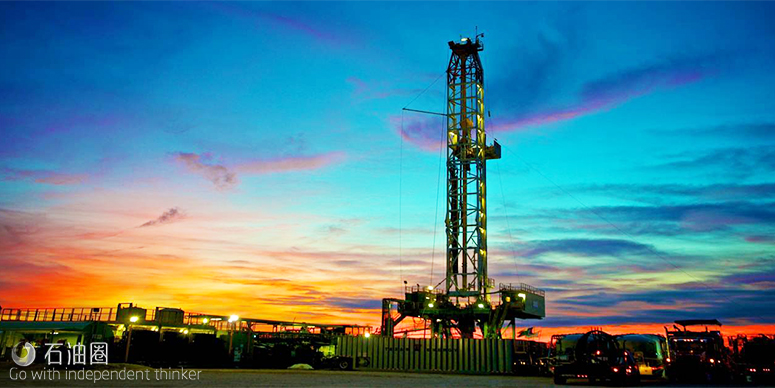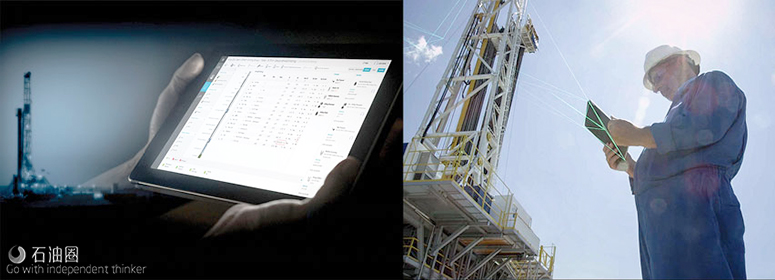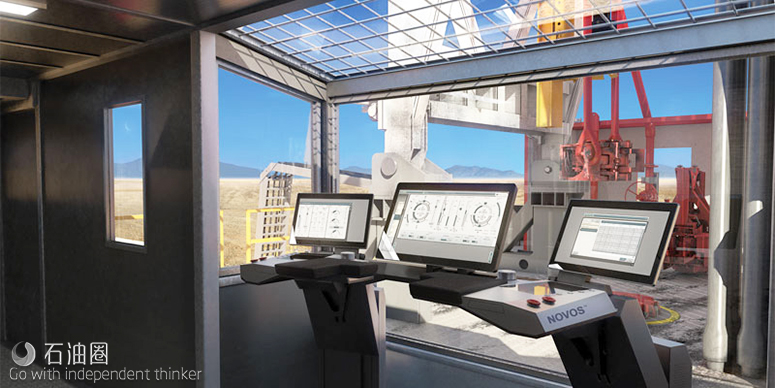Making hole in a digital world
Rig fundamentals have not changed: rotate, hoist and circulate. But every year, we look at impressive new interpretations of how that is done. The vitality of these rig innovations is remarkable, as all strive to improve performance and costs.
This year’s review of drilling rig innovations polled seven companies and produced insights across a broad landscape. The following is an industry snapshot of advances in digital well construction; automation of drilling; MPD; casing makeup; wellhead and BOP design; and finally, shale-specific rig design.
DIGITAL WELL CONSTRUCTION
Well construction is a complex, costly process. Additionally, the processes, themselves, can be outdated, resulting in multiple procedures and excessive paperwork. This can leave engineers struggling to find the right information quickly and effectively.
Schlumberger says these factors are limiting the quality of wells being planned and the numbers of wells drilled, and are consequently barriers to efficiency and potentially safety. To address these limits, the company recently launched its DrillPlan digital well planning solution as the first step in an integrated well construction workflow, Fig. 1.
Drilling a well involves multiple teams performing various jobs at different points in the well construction cycle. By putting a single source of real-time data on the rig, and a single, digital plan, more data can be processed, resulting in better-informed decisions.
This automation of routine processes frees up rig crews and allows the wider team to focus on the physics and science of drilling, rather than its administration. This connecting people and data results in more agile workflows, ultimately optimizing drilling performance.
Schlumberger’s solution describes a cognitive drilling rig that combines advanced mechanization with drilling automation applications. Importantly, “science-infused” software supports the digital operation of this mechanized rig by connecting the physical and digital worlds—effectively uniting subsurface knowledge with surface operations.
The DrillPlan digital well construction solution, launched at the SIS Global Forum in September, enhances user collaboration and provides a new way of working for drilling teams by transforming the planning process. Operators and service companies have access to essentially all data and science needed in a single, common system—creating a circular workflow where plans are improved as new data are added. This enables future drilling at these companies to benefit from prior experience.
The solution ultimately will deliver a digital plan for execution by the wellsite system, with the goal of ensuring that the rig is operating at peak performance. Any deviation from the plan will be highlighted, and the best correction decision will be supported, if an unplanned event occurs. The system connects all the wellsite and office teams involved in the drilling operations from the wellsite to the office, from development geologists to drilling and production engineers, to provide access to all offset information and cross-domain expertise.
The company reports that the DrillPlan solution, currently available for North American land operations, has demonstrated both quality and efficiency gains, producing well planning programs in days rather than weeks. Hundreds of plans have been generated in more than a year of field-testing. In West Texas and Canada, seven oil and gas companies evaluated the solution extensively and customized it to their well construction process.
The company also has partnered with UK operator BP to further develop the solution. “Until now, well construction has not been in the spotlight. DrillPlan has the potential to have a quite significant impact on how our engineers spend their time,” said Bernard Looney, BP’s upstream chief executive.
DRILLING AUTOMATION
Drillers are overwhelmed constantly with massive amounts of data and tasks when drilling a well. NOV developed the NOVOS process automation platform to help the driller step back from these complex, repetitive tasks of machine and process control by managing rig equipment to execute drilling programs.
The platform was introduced to the land sector last year and has been used successfully on dozens of rigs in West Texas, Oklahoma, Pennsylvania, Alaska and Canada. NOV plans to test the offshore version this year and implement the offshore NOVOS platform in the first part of 2018.
NOVOS uses an imported well plan to perform operations by following the desired drilling parameter ranges until total depth is reached. The driller oversees the process and can take control if desired. The system, which NOV says can be added to an existing rig in hours, provides a common platform for the control, monitoring, scheduling and optimization of drilling operations.
Since the system is not custom-built, it is scalable and does not require extensive research or redevelopment work for each new deployment. NOVOS can be placed quickly on top of an existing NOV control system, for rapid deployment. The scalable installation enables the system to be deployed easily across rig fleets, which increases overall consistency, enhances fleet performance, and enables the operator and drilling contractor to plan ahead.
NOVOS includes various applications for faster, safer, and more effective drilling. It also can incorporate third-party, customized applications for specific drilling requirements. A software development kit allows developers to create and deploy their own optimization applications to address specific challenges. A group of operators, contractors, and service companies is already creating value-added applications that will be delivered in 2018.

 石油圈
石油圈


